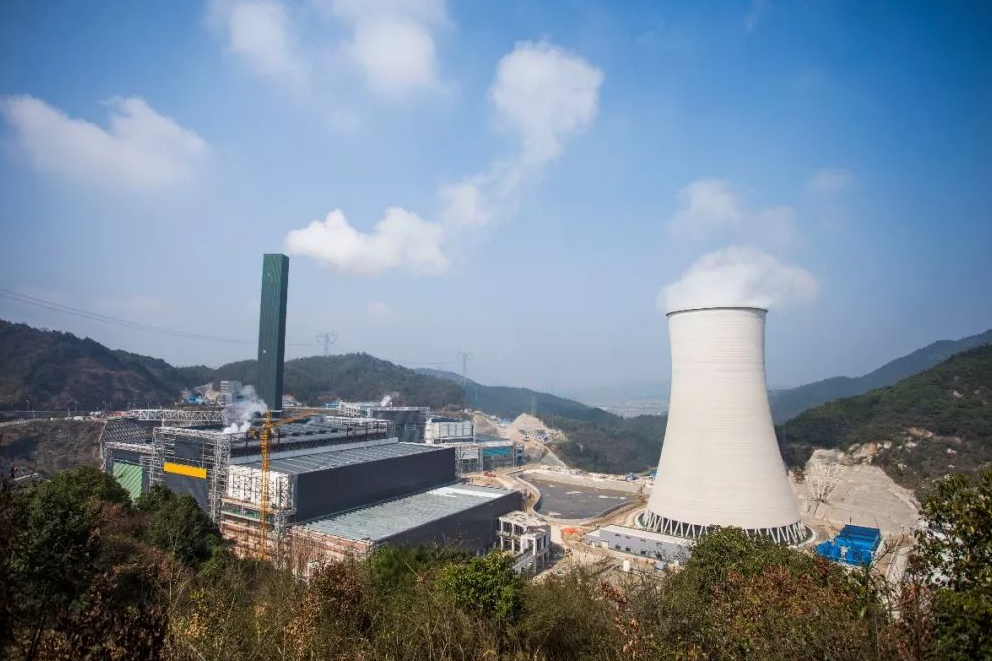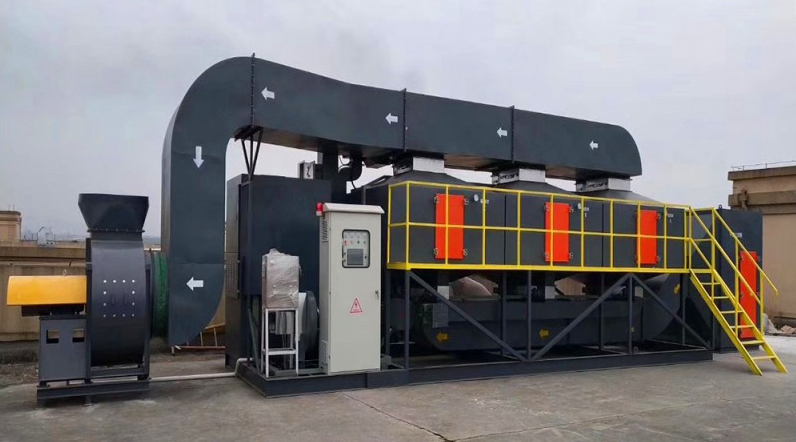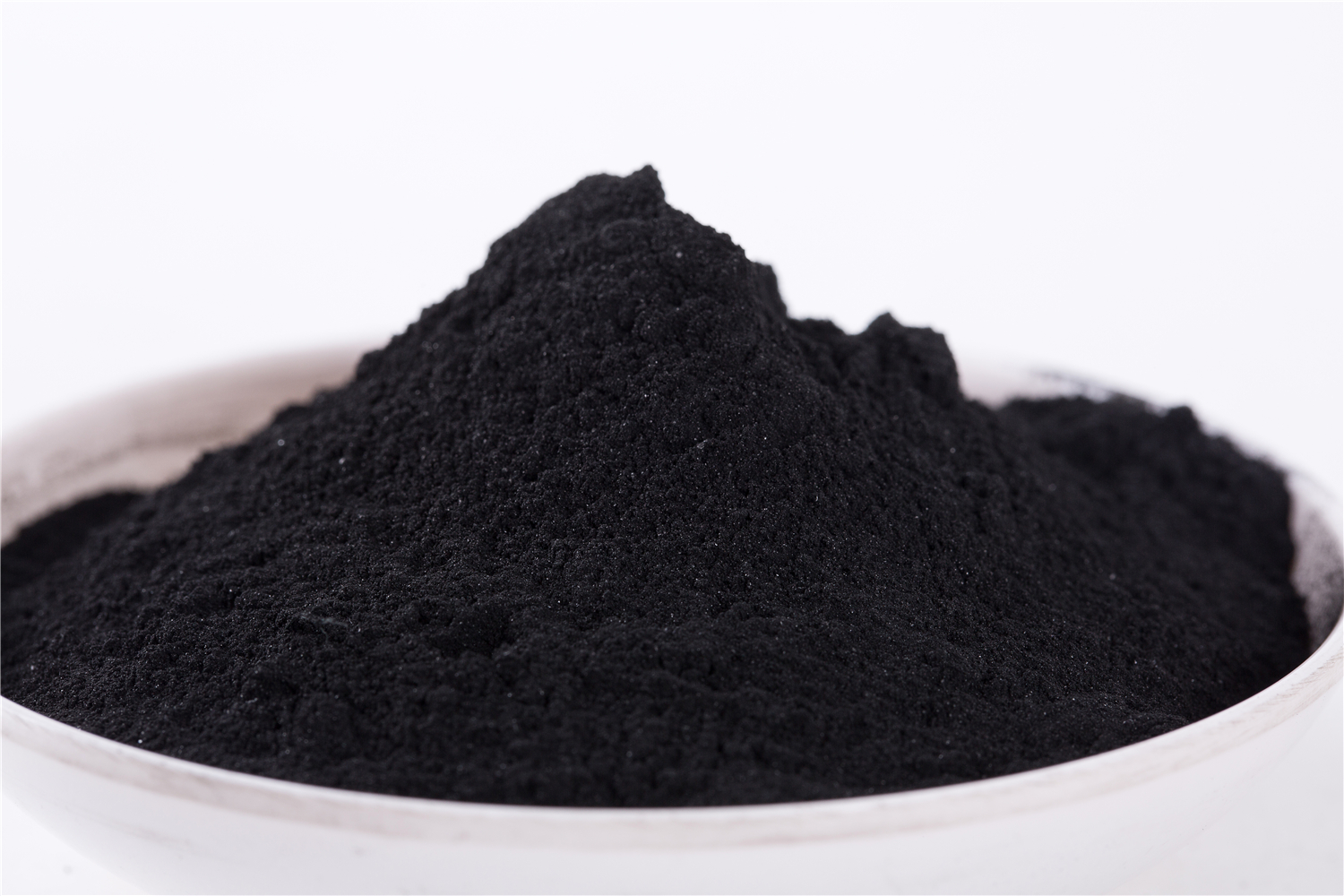The role of powdered activated carbon in waste incineration
The role of powdered activated carbon in waste incineration is mainly to improve the environmental performance of the incineration process by adsorbing and removing harmful substances in the exhaust gas. The following are some of the main functions of powdered activated carbon in waste incineration:
Adsorption of harmful gases: During the garbage incineration process, some harmful gases will be produced, such as sulfur dioxide (SO2), nitrogen oxides (NOx), hydrogen chloride (HCl), etc. Powdered activated carbon has strong adsorption capacity and can adsorb these harmful gases and reduce their emissions.
Removing odors: In garbage incineration, there may be some substances in the waste that produce unpleasant odors. Powdered activated carbon can adsorb and remove these odorous substances, improve the air quality during the incineration process, and reduce the impact on the surrounding environment and residents.

Improve combustion efficiency: The addition of powdered activated carbon can improve combustion conditions and promote the complete combustion of waste. This helps to improve the combustion efficiency of the incinerator, reduce the residue of harmful substances, and reduce pollutant emissions from incinerated waste.
Prevent the release of toxic substances in incineration residues: The use of powdered activated carbon can prevent the release of toxic substances into the atmosphere during the incineration process. It can adsorb and fix some harmful substances to prevent them from entering the exhaust gas or residue.

Reduce heavy metal emissions: Powdered activated carbon has good adsorption capacity for some heavy metals, which can reduce heavy metal emissions produced when burning waste, thereby reducing the degree of environmental pollution.

In waste incineration power plants, the flue gas purification system mainly uses semi-dry flue gas desulfurization and denitrification + activated carbon injection + bag dust removal process. The main function of powdered activated carbon in this system is to adsorb dioxins and heavy metals in the flue gas after incineration. Dioxin is a highly toxic substance that is commonly found in the human living environment and has become a common concern around the world in recent years. Therefore, achieving environmental protection standards is an important goal of waste incineration power generation.
Additionally, for efficient mercury removal, many municipal solid waste incinerators and a few hazardous and medical waste incinerators employ powdered activated carbon injection upstream of a dry particle collection device (usually a fabric filter). Other mercury removal processes include granular activated carbon filtration in fixed-bed reactors, selenium porous media filters, gold-amalgam filter beds, sodium sulfide injection, and wet scrubbing with mercury-reactive solutions.
The above content is for reference only. If you need more information, it is recommended to consult relevant literature or consult environmental experts.
Previous: Steel Pipe Industry in the United States: Overview and Market Analysis
Next: The Crucial Role of Truck Starter Motors in Ensuring Vehicle Reliability
Copyright:@2020-2021
Comments Please sign in or sign up to post.
0
0 of 500 characters used